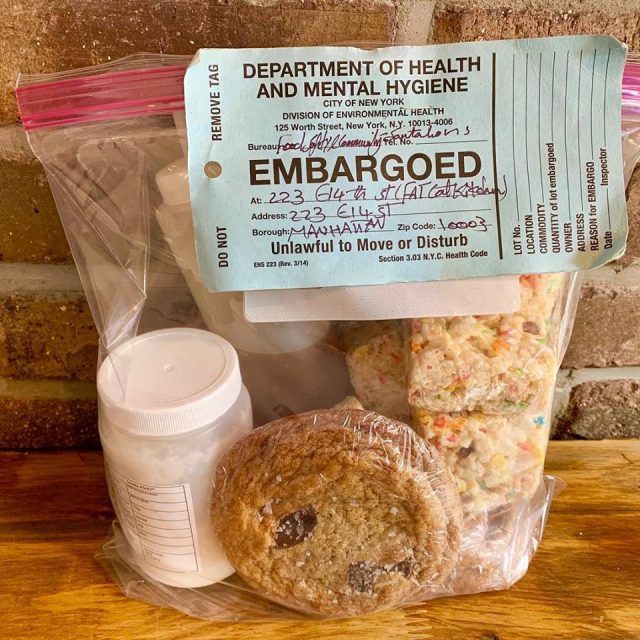
Your seeds have sprung to life, you’ve composted, you’ve got your soil and you know where to grow (probably in a whole bunch of containers in one supremely cramped space). Congratulations, you’re well on your way to inviting a friend to dinner just to say, “Dude, I grew this.” Here’s how to prep your planting space, transplant your seeds, acclimate your veggies, teach them to share and just put it all together.
Preparing your containers
The next step is preparing the planting bed or containers. If your mission is abundance, then Miracle Gro or other chemical fertilizers might be for you. They produce softball-size peppers and those giant pumpkins you always see, but remember: chemicals > plants > you.
Otherwise, a compost/peat moss is the way to go. Peat moss loosens heavy clay soils, adds body to sandy soils, helps retain moisture and preserves soil nutrient levels. You can mix it throughout your potting soil or plant bed. For container gardening, some even recommend using a 70/30 mix of peat moss to compost.
Transplanting your seeds
From the ghetto greenhouse, seed cell trays, or a temporary pot; your plants are ready for transplant when the first set of true leaves emerge from the seedlings, and you might also see roots peaking through the drainage holes. And it’s never a bad idea to consult a time and temperature chart. Gently loosen any root ball that has formed and plant them into a space twice the size of the roots. Then back fill, softly packing soil around the roots.
Shock therapy
If your plants will be facing the elements, remember to consult the grow calender from part one, especially if you plan to grow from the ground. Even though the weather is beginning to shift, the ground still needs time to warm up, and a swing of the pendulum back to cold might be a fatal blow in your gardening adventures.
It’s important to prepare them for the shock of transplant. When you notice the seedlings getting close to ready, you can begin conditioning them for the outdoors. Be sure they’re in some shade to start. Initially, put them outdoors of short periods and slowly leave them longer and longer. After roughly half a week, they should be ready for a life outside.

If you’re putting them into the ground, space accordingly. Since part one already covered avoiding space-hogging plants like corn and pumpkin, be sure to give each plant a few inches around the stem. On the first day of transplant, water generously, especially if it’s a sunny day.
The grand design: companion planting
Plants are living organisms, and they respond to a variety of internal and external factors. One such factor is the surrounding plants. If companion planting sounds abstract, it isn’t; indigenous Americans introduced the concept to our European ancestors by way of the Three Sisters: beans, corn and squash.
Some plants just get along better with others (see chart). Shade-loving plants can be placed under taller full-foliage crops, allowing an ultra-efficient use of space and higher yields. This also can do wonders for pest control. Garlic, for instance, biochemically wards of slugs, ticks, rabbits and many other garden vandals. But companion planting also can improve other nutrient levels. For example, beans, peas and other legumes can be used to fix nitrogen in the soil and spread the wealth to neighboring plants. These are the sort of tricks that can make a dramatic difference.
For deeper study, reference some of the leaders of the Permaculture movement like Toby Hemenway and his home-scale permaculture guide, Gaia’s Garden. And if you want to get really trippy, try planting according to the alignment of the cosmos, where astrology meets agriculture. Just don’t drink the Kool-Aid.
A final take-away
Remember that there are endless methods of gardening. It’s a science, and as such, it requires experimentation. Find what works for you. Our veggie guide should serve as a primer to wet your appetite for the ways of the green thumb. All that matters is that you’re doing it. There’s a good chance a plant or two will die on you—it can happens to the best of us. But it’s all worth it when you take that first bite of a rutabaga you nurtured from nothing to plate.
Leave a Reply



